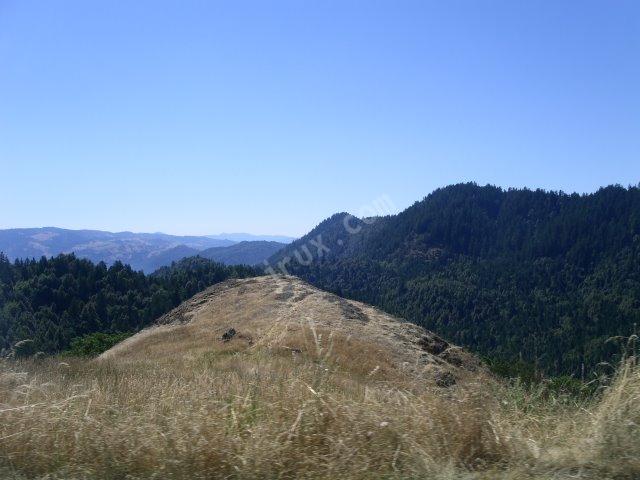Site-Specific Factors for Earth-Sheltered Home Design

Before deciding to design and build an earth-sheltered house, you need to consider the building site's climate, topography, soil, and groundwater level.
Climate and Topography
The climate in your geographical area will determine whether an earth-sheltered house can be a practical housing solution. Studies show that earth-sheltered houses are more cost-effective in climates that have significant temperature extremes and low humidity, such as the Rocky Mountains and northern Great Plains. Earth temperatures vary much less than air temperatures in these areas, which means the earth can absorb extra heat from the house in hot weather or insulate the house to maintain warmth in cold weather.
The site's topography and microclimate determine how easily the building can be surrounded with earth. A modest slope requires more excavation than a steep one, and a flat site is the most demanding, needing extensive excavation. A south-facing slope in a region with moderate to long winters is ideal for an earth-sheltered building. South-facing windows can let in sunlight for direct heating, while the rest of the house is set back into the slope.
In regions with mild winters and predominantly hot summers, a north-facing slope might be ideal. Every site differs, but generally southern exposures offer more sun and daylight throughout the year than north-facing slopes. Most designs can be built to take advantage of each site.
Soil
The type of soil at your site is another critical consideration. Some types of soil are more suitable than others for earth-sheltered construction. For example, the best soils are granular, such as sand and gravel. These soils compact well for bearing the weight of the construction materials and are very permeable, which means they allow water to drain quickly. The poorest soils are cohesive, like clay, which may expand when wet and has poor permeability. Soil tests, offered through professional testing services, can determine load-bearing capability of soils and possible settlements that may occur.
Radon is an invisible and odorless radioactive gas produced naturally when uranium in rock decomposes. It is found in the soil and in outdoor air in harmless amounts, but can reach dangerous levels when trapped. Radon levels are another factor to consider in locating your home. Areas with high concentrations of radon can be hazardous, although there are methods that can reduce radon buildup in both conventional and earth-sheltered dwellings.
Groundwater Level
The groundwater level at your building site is another important consideration. Building above the water table is almost essential. Choosing a site where the water will naturally drain away from the building is the best way to avoid water pressure against underground walls. The site should be surveyed for low spots and areas where water will collect. Seasonal or regular surface water flows should be channeled away from the structure. Drainage systems must be designed to draw water away from the structure to reduce the frequency and length of time the water remains in contact with the building's exterior. Underground footing drains similar to or greater than those required by a house with a basement are necessary in many cases.
This site contains information produced by the US Department of Energy and compiled by the site owners.
We are not responsible for the accuracy or completeness of this information.
Layout and site design copyright 2007 powerfy.com.

